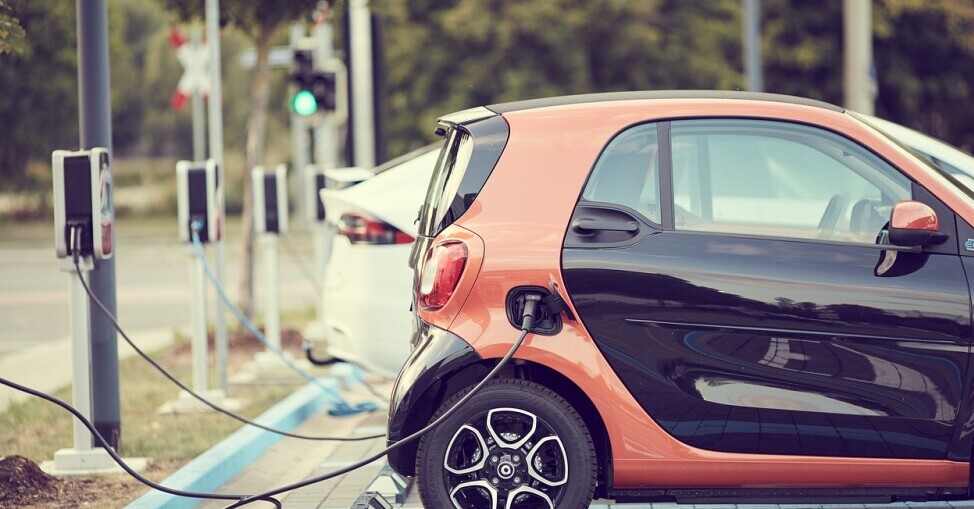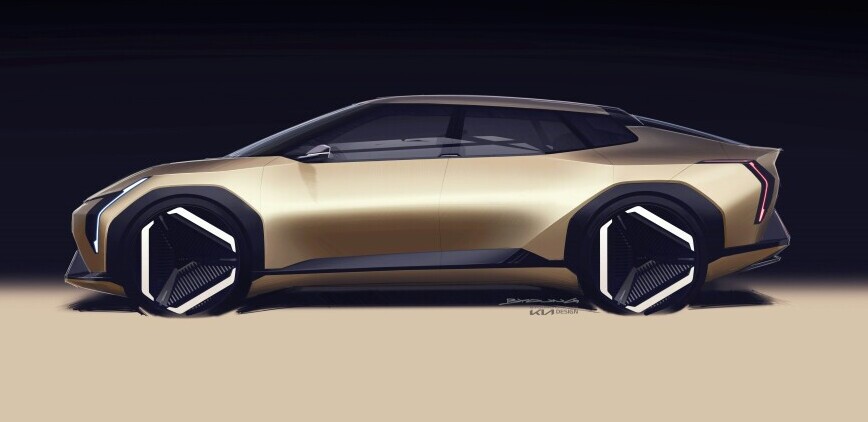The Future Of Electric Vehicles: Hype Or Reality?
Electric vehicles (EVs) have been at the forefront of futuristic conversations, with claims that they’ll lead us into a greener future. But are they all they’re cracked up to be? Well, that’s exactly what we’re here to explore.
You see them driving around more often now, and it’s not just because they’re the latest tech trend. It’s a clear indication that EVs are slowly winning the public’s trust, transforming hype into reality. Think of it as a silent revolution on wheels, aiming to curb carbon emissions and help sustain our environment for future generations.
Public skepticism still lingers, though. Many wonder if EVs can truly deliver on their promises. The core idea is that these vehicles represent more than snazzy tech – they’re about committing to long-term sustainability and reducing our carbon footprint.
Partnering this aim is the significant impact on urban air quality. With fewer emissions from tailpipes, cities could enjoy cleaner air and brighter skies. Plus, the economic ripple effect is already setting the stage for robust industries around battery production, charging solutions, and more.
Casting doubt aside, the role of EVs in reshaping transportation can’t be overlooked. However, it’s crucial to weigh optimism with realism, acknowledging both the possibilities and the hurdles lying ahead in this electrifying journey toward a sustainable future.
Rising Demand and Its Environmental Benefits
The buzz around electric vehicles isn’t just hype—it’s grounded in some compelling facts. Imagine this: by 2030-2035, EVs could be cruising their way into 80-100% of new car sales. It’s a major shift that points to a growing enthusiasm for cleaner transportation solutions.
They’re not just about cutting back on fossil fuel use, though that’s a huge part of the allure. With less reliance on fossil fuels and more on electricity, EVs introduce a cleaner, quieter option to hit the roads. This change doesn’t just benefit the urban landscape—it’s got a whole planet-sized impact written all over it.
And here’s where it gets even greener. As demand for electric power ramps up, it opens the door to boost renewable energy sources like solar and wind. The more we plug in, the more likely we steer towards sustainable energy grids. It’s like the EV movement is nudging us towards not just less gas guzzling, but a comprehensive rethink of how we generate power.
The big takeaway? EVs are bringing us closer to reducing carbon emissions in a significant way. It’s a win for air quality and offers a breath of fresh air for nature lovers and city dwellers alike. This isn’t just a vision for the future—it’s gradually becoming the reality all around us, one charge at a time.
Challenges in the Path to EV Adoption
As exciting as the road to electric vehicles is, it’s not without its bumps. Sure, the promise of cleaner air and tech-savvy cars is enticing, but there are some hurdles we need to clear first.
Cost is often the elephant in the room. Electric vehicles often come with a steeper price tag compared to their gas-guzzling cousins. It’s not just about the sticker price either. There’s also the issue of depreciation and resale value. Even if EVs run on cheaper energy, many buyers are weighing if the initial investment is worth it.
Let’s talk about charging, or lack thereof. While fuel stations are everywhere, finding a charging station isn’t always as easy and often relies on a bit of extra planning before a journey. This can put a real damper on long road trips or even daily commutes if your charge runs low. More stations are popping up, but demand might outstrip supply if we’re not careful.
Then there’s the power grid. With so many EVs charging up, it’s like everyone jumping into a pool at the same time. The grid needs to handle this surge without short-circuiting society as we know it. Planning for big demand while keeping green energy in mind is a balancing act.
These challenges aren’t showstoppers but rather signposts. Identifying them helps us address and innovate around them, paving a smoother path forward in the electric revolution. As hurdles become clear, so do the solutions and opportunities for improvement to keep us on track for a sustainable future.
Overcoming Obstacles: Strategies for Broader Acceptance
Getting more people on board with electric vehicles isn’t just about fixing cost and infrastructure issues. It’s also about changing the way people think and feel about these rides. Educational campaigns can be game-changers here, helping demystify the EV experience and ease anxieties. Think of it as a mindset makeover, showing people that EVs aren’t just cool tech—they’re part of a bigger picture in sustainability and innovation.
This is where nudging comes into play. Encouraging social approval and shifting norms can woo more people into adopting EVs. By making green choices the norm, society can start seeing EVs as the go-to option, not the novelty. It’s like peer pressure, but for a good cause.
On a practical front, there are real concerns over personal safety and overall accessibility to the chargers themselves that can’t be ignored. Charging at isolated charging stations late at night in poorly lit car parks, for example, isn’t ideal and operating these chargers for people with mobility challenges could also be very difficult. Manufacturers, local governments and policymakers can step in to make these spots safer and more user-friendly, maybe even integrating tech solutions like mobile apps, or other assitance technologies to help address these challenges.

Reaching out to all potential users means creating an inclusive landscape. Understanding these diverse concerns can lead to innovative solutions that make EV adoption more appealing to everyone. As more underrepresented groups are considered, the EV world can open up, welcoming all into this greener future.
Future Prospects and Market Opportunities
Electric vehicles aren’t just about cars anymore; they’re a gateway to a bigger market of possibilities. Minimobility options like e-scooters, e-bikes and e-quadracycles are cropping up, providing new solutions for urban travel and catering to various lifestyles. It’s a sign that we might soon see a wider variety of electric options zooming around city streets.
Innovative manufacturers are tapping into markets that have been overlooked historically by addressing aspects such as safety at, and the actual use of, charging stations (such as payment methods, cable weights, accessible space, connector locations and lighting, the industry opens itself up to a broader audience willing to embrace EVs—not just for environmental reasons but for practical and personal ones too.
Policies and economic incentives on a broader scale could shake things up even more. With potential tax breaks and new regulations, EVs could become more financially viable for the average consumer. The effects of upcoming policy shifts and economic strategies will undoubtedly play a role in how quickly and effectively EV adoption unfolds over the next decade.
What’s clear is that the EV revolution is charging ahead, but the journey is far from over. There’s a world of untapped potential in the market. Staying informed and open to change will be key to embracing this shift. Diving into EV ownership could mean steering towards a sustainable lifestyle and driving a change that matters.



2 comments